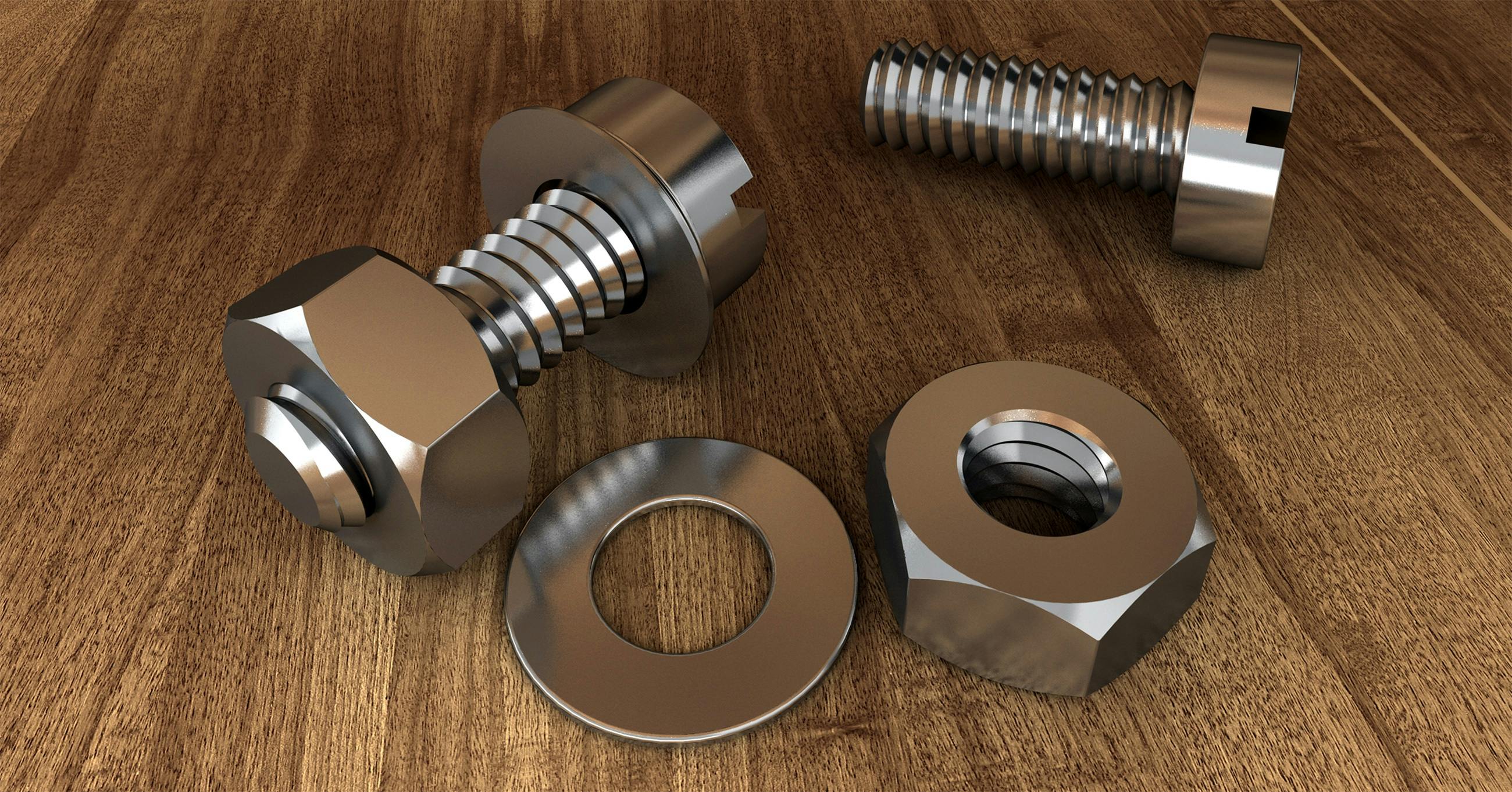With so many innovative forms of animation and computer technology being used to create movies, commercials, and television shows, some might think that “old favorites” like claymation are a thing of the past. But in reality, some of the more traditional forms of animation are making a comeback, and they’re making a comeback in all areas of media. This type of animation happens to be one of the most prominent traditional techniques that is making a comeback and can be seen in everything from movies, TV shows, and educational content, to marketing material for businesses around the world.
But what is the history behind clay and how has it evolved over the years? It actually dates back to 1897 and started with a messy material called modeling clay. However, it was not until the 1950s that this form of animation was used prominently in advertisements and children’s programs. A man named Art Clokey began producing such advertising films during this time, and later went on to produce the famous television show Gumby and Pokey, which, for many, was the definitive introduction to clay in the home. The series ran from 1956 to 1963, returning in the 1980s. Another famous duo is Wallace and Gromit. The characters were created in 1989 by Nick Park for the animated series Wallace and Gromit, and Park went on to produce a number of other movies starring the two lovable characters.
However, even with the rapid development of this type of animation, the process was labor-intensive and time-consuming. While conventional commercials are shot on 35mm film at 25 frames per second, claymation production requires action photography and shoots up to 30 individual frames for each second of film. The models in each and every frame must be sculpted by hand by the animator, and the artist slightly changes the expressions and movements, including the shapes of the characters’ mouths, eye movements, eyebrow raising , the looks, the shrugs and, of course, the body movements. – before the camera rolls the scenes. The process is then slowly repeated, one frame at a time. The result is a surprising and convincing representation of the movement of the clay characters.
Claymation is now a popular form of animation, used not only for entertainment purposes but also as an advertising and informational tool. Many companies, for example, have also adopted characters like Wallace and Gromit as mascots, either to represent a product or service, or to help convey more information to customers.
Such characters are often used in television commercials, business literature, and online media, helping to assign a story or theme to companies and products, a move that can make products, services, and companies as a whole. more memorable for customers, as well as allowing customers to make associations between the characters and the company’s offerings.
Finally, many customers find it easier and more entertaining to follow the information conveyed by clay characters, making it a valuable marketing, advertising and information tool.


